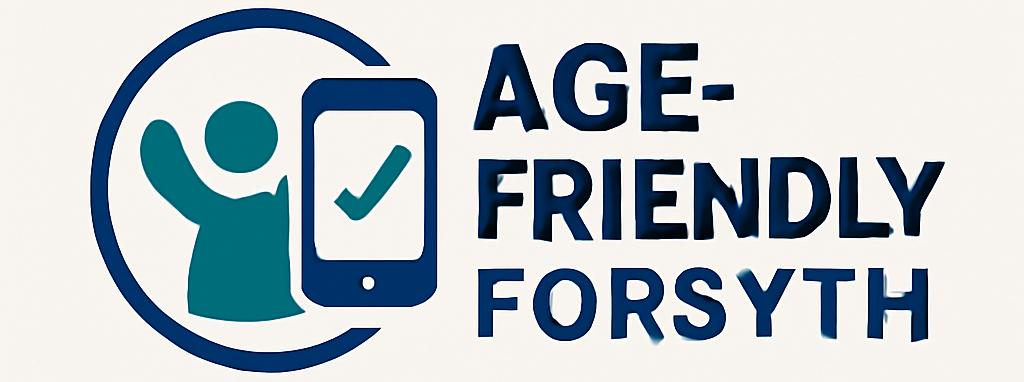The Media Access Control (MAC) address is a unique identifier assigned to a network interface controller for use as a network address in communications within a network segment. It functions similarly to a physical address for a device, enabling data to be sent to the correct destination. Modifying this address on an Android device involves altering the hardware’s identification within the network. For instance, changing the MAC address could allow a device to appear as a different entity to network access control systems.
The ability to alter device identifiers provides certain benefits, such as circumventing network restrictions based on MAC address filtering or enhancing privacy by preventing tracking based on the original hardware identifier. Historically, this functionality was utilized to bypass network limitations or to create a fresh network identity following security breaches. The practice continues to hold relevance in environments where network access control relies heavily on MAC address verification.
